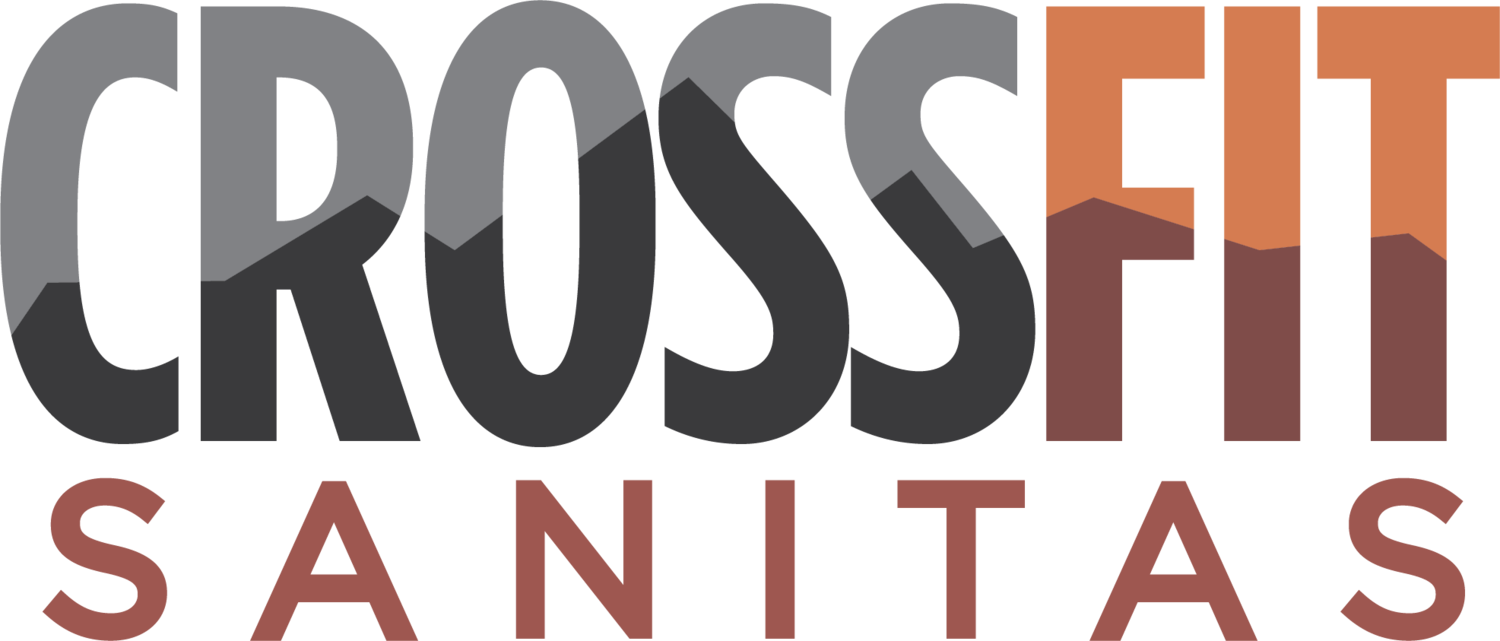My 3 Key Takeaways from “Atomic Habits” by James Clear
Our Fall Health Challenge has been all about building better habits around how we eat, train, sleep, think and connect with each other. We hope that you’ve had success bringing awareness to some of your habits and have been able to make some changes in your routines to better match your goals. Habit building is hard though and being educated on a topic may move the needle a bit, but for most of us, it’s not going to be enough to bring about the change we desire. So where do we turn? I think the answer most of us are looking for is in building the habit itself, focusing on the process and keeping momentum.
It probably doesn’t surprise most of you that one of my favorite books (I’ve read it twice) is Atomic Habits by James Clear and I’m sure many of you have read it as well. Clear focuses on how small, incremental, everyday routines compound into massive, positive change over time. Ok, that sounds great, but let’s dive into it a bit more and peel back some layers. Here are my big 3 takeaways on breaking bad habits and forming better ones:
Takeaway 1: All habits are based on the four-step process of cue, craving, response and reward.
Cue: a piece of information suggests there’s a reward to be found. Ding! You just got a text notification on your phone and now there’s a small red “1” above your message app.
Craving: the motivation to change something to get the reward. Everyone just heard that “ding” right? It wouldn't be rude if I quickly checked this text quickly, would it? It could be a really important text!
Response: taking the action needed to get the reward. I’ll just quickly pull out my phone and take a look-see. Like I said, it could be important.
Reward: the satisfying feeling you get from the response. Phew, good thing I checked, that was a great meme my friend sent me.
Takeaway 2: To form habits you must make them obvious, attractive, easy and satisfying.
Obvious: don’t hide your fruit in the fridge, put it on display on the counter.
Attractive: start with fruit you like the most, so you’re more likely to eat it.
Easy: don’t create needless friction with fruits that need to be peeled, grab a bunch of apples.
Satisfying: if you liked the fruit you picked you’ll love eating it and feel healthier.
Conversely, do the opposite for bad habits. Make them invisible, unattractive, difficult and unsatisfying. For example, keeping your guilty pleasure snack in a hard to reach cabinet, adding a financial (or even better) a burpee penalty, only eating the snack before 6pm and when you’re standing up. That would make crushing a whole bag of chips and salsa a lot more difficult to do.
Takeaway 3: Tracking your habits over time is a great way to measure your progress and make sure you don’t fall off the wagon.
With the right framework, tackling habits can become fun and you’ll want to tackle multiple things sooner rather than later. The idea is simple: record all of the behaviors you wish to establish or abandon and each day record how you did. Jerry Seinfeld infamously did this by marking his calendar with an X every day he wrote a joke and soon his goal simply became to not break the chain. So grab a pen a paper, open an excel sheet or download any number of apps and begin listing your trackables today.
And since our habits are the compound interest of self improvement, we must start today!
Happy Reading ! -GC
Want to learn more about James Clear and Atomic Habits? Visit his website where you can buy his book, sign-up for his free weekly newsletter or read a quick article on creativity, decision making or motivation just to name a few!
